What is an Essay Format?
An essay format refers to a set of guidelines that decides how the elements of your paper should be arranged. No matter what type of essay you’re writing, formatting is an essential step in the essay writing process.
The format guidelines cover the essay structure, essay title, citations, and the basic essay outline.
When formatting a paper, there are certain things that you need to pay attention to. These include the structure of an essay, title page, works cited page, and citation styles.
Title Page
Abstract
Body Paragraphs
References/Works Cited/Bibliography
|
Note: Essay formats for university, college, and high school students differ mainly in the depth of research and analysis required, with higher academic levels demanding more detailed work. While the structure of most essays follows the basic 5-paragraph essay format.
How To Format Essay in MLA Style
Formatting an essay in MLA style is a common requirement in many academic settings, particularly in the humanities.
MLA provides guidelines for various aspects of your essay, from font and margins to citations and bibliography. Here’s an essay format MLA you can use as a reference:
MLA Essay Format Template
- Title Page: MLA does not typically require a separate title page. Instead, place your title at the top of the first page, centered, and do not use bold, italics, or underline for the title. Below the title, include your name, the instructor's name, the course name and number, and the due date, each on a separate line, left-aligned.
- Header and Page Numbers: Create a header with your last name and page number in the upper right corner of every page, half an inch from the top, and flush with the right margin. For example: Smith 1.
- Margins and Spacing: Set all margins to 1 inch, and use double-spacing throughout the essay.
- Font and Size: Use a legible font like Times New Roman or Arial, size 12.
- Indentation: Indent the first line of each paragraph by 0.5 inches, which can be done automatically using the "Tab" key.
- Paragraphs: Leave only one space after periods or other punctuation marks within sentences.
- Title: Place the title of your essay (centered) at the top of the first page. Do not use bold, italics, or underlining for the title. Capitalize major words.
- Citations: MLA uses in-text citations to acknowledge sources. When quoting or paraphrasing, include the author's last name and the page number (e.g., Smith 45).
- Works Cited Page: At the end of your essay, include a separate page titled "Works Cited." List all sources alphabetically by the author's last name. Follow the specific MLA citation style for different types of sources (books, articles, websites, etc.).
Need an essay with perfect formatting? Our essay writing service can help!
Sample MLA Essay
Take a look at the essay format example in MLA style:

How to Format Essay in APA
Formatting an essay in APA style is commonly used in the social sciences and psychology.
APA provides a set of guidelines for various elements of your essay, including formatting, citations, and references. Here’s how to format essay in apa:
APA Essay Format Template
- Title Page: The title page in APA includes:
- Title of the Essay (centered, bold, and in title case)
- Your Name (centered)
- Institutional Affiliation (centered)
- Running head [Shortened Title] (flush left, in uppercase)
- Page Number (flush right)
- Title of the Essay (centered, bold, and in title case)
- Header and Page Numbers: Create a header with the title of your essay in all capital letters, followed by a colon and a shortened version of the title (up to 50 characters), in the upper left corner of every page. The page number should be in the upper right corner.
- Margins and Spacing: Set all margins to 1 inch, and use double-spacing throughout the essay.
- Font and Size: Use a clear and readable font like Times New Roman or Arial, size 12.
- Paragraphs: Indent the first line of each paragraph by 0.5 inches. Use a hanging indent for references on the reference page.
- Citations: Use in-text citations to acknowledge sources. Include the author's last name and the publication year (e.g., Smith, 2023) when quoting or paraphrasing.
- Title: Use bold and title case for the title of your essay on the title page. On subsequent pages, use a shortened version of the title (in uppercase) as the header.
- References Page: At the end of your essay, create a separate page titled "References." List all sources alphabetically by the author's last name. Follow the specific APA citation style for different types of sources (books, articles, websites, etc.).
Sample APA Essay
Here is an essay format sample in APA style:

How to Format Essay in Chicago Style
Formatting an essay in Chicago style, often used in history and some other humanities disciplines, requires specific guidelines for citations and formatting. Here are the guidelines to format your essay in Chicago style:
Chicago Essay Format Template
- Title Page: The title page in Chicago style includes:
Title of the Essay (centered, in headline-style capitalization)
Your Name (centered)
Course Name and Number (centered)
Instructor's Name (centered)
Date (centered) - Margins and Spacing: Set all margins to 1 inch. Use double-spacing throughout the essay.
- Font and Size: Use a clear and readable font like Times New Roman or Arial, size 12.
- Page Numbers: Number pages in the upper right corner of each page, beginning with the first page of the main text (usually page 1). Page numbers should be in Arabic numerals (1, 2, 3, etc.).
- Paragraphs: Indent the first line of each paragraph by 0.5 inches. Use a block paragraph style with no extra space between paragraphs.
- Citations: In Chicago style, you have two citation options: footnotes and endnotes. In your text, place a superscript number (e.g., ^1) at the end of the sentence containing the cited information. Corresponding footnotes or endnotes should provide full citation details.
- Title: Use headline-style capitalization for the title of your essay (e.g., "The History of Ancient Civilizations").
- Bibliography: At the end of your essay, include a separate page titled "Bibliography." List all sources alphabetically by the author's last name. Follow the specific Chicago citation style for different types of sources (books, articles, websites, etc.).
Sample Chicago Essay
Let’s check out a short essay format word sample in chicago style:

Formatting In-Text Citations: APA, MLA, and Chicago Styles
An in-text citation is a brief reference within the body of your essay or research paper that indicates the source of information you have incorporated into your writing.
Each of the formatting style have a unique way for adding in-text citations. Here's a table summarizing the in-text citation formats for the common styles:
| Citation Style | Format | Example |
| APA | Author's last name, publication date, and page number (if applicable) within parentheses. | (Smith, 2020, p. 27) |
| MLA | Author's last name and page number without any punctuation between them. | (Jones 42) |
| Chicago (Author-Date) | Author's last name and publication date within parentheses. | (Smith 2021) or "According to Smith (2021),..." |
| Chicago (Notes and Bibliography) | Numbered footnotes or endnotes with a superscript number in the text, corresponding to a full citation in a footnote or endnote. | Johnson argues that "the data is unconvincing."¹ ² |
Essay Format PDF Examples
Here are some essay format sample pdf for students to download and get a better understanding.
How to Determine What Format to Follow
Selecting the appropriate citation format for your academic writing is essential to ensure that your work meets the expected standards. To make an informed decision, consider the following factors:
Factor 1- Subject and Discipline
- APA Style: Primarily used in the social sciences, such as psychology, sociology, and education. It is also common in business and nursing disciplines.
- MLA Style: Commonly employed in humanities disciplines, including literature, languages, and cultural studies. It's widely used for papers related to literature and the arts.
- Chicago Style: Used in history, some social sciences, and certain humanities disciplines. Chicago offers both author-date and notes and bibliography styles, making it versatile for various subjects.
Factor 2- Professor's Instructions
Always adhere to your professor's specific instructions regarding citation style and writing convention. Professors may have preferences or requirements based on the nature of the course or assignment.
For instance, an English professor might prefer MLA for literary analysis essay, while a psychology professor may opt for APA to encourage familiarity with research norms. However, when formatting styles are not specified by the instructor, you can follow whatever is appropriate for your subject.
Factor 3- Institutional Guidelines
Your educational institution may have established guidelines or standards for citation formats.
Check your institution's style guide or consult with academic advisors to ensure compliance with their specific requirements.
By considering the subject matter, your professor's preferences, and your institution's guidelines, you can confidently choose the appropriate citation style to enhance the clarity and professionalism of your academic writing.
To Sum it Up,
Now that you've gained a solid understanding of the basics of three major formatting styles, you're well-prepared to tackle your essay formatting with confidence.
Whether you're crafting an essay, a research paper, or any academic document, these formatting principles will help you present your ideas professionally.
If you're ever in a time crunch or feeling overwhelmed, you can always reach out and get writing help. Our expert writers are here to help you tackle your academic challenges in no time.
With our custom essay writing service, you get reliable help with any type of assignment, even with tight deadlines. Our writers ensure 100% original papers that meet your requirements.



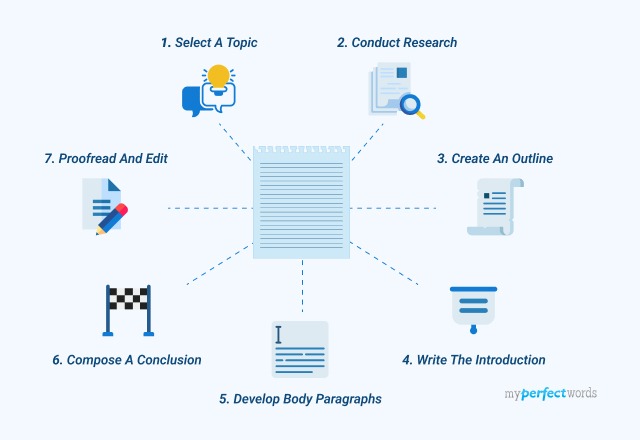

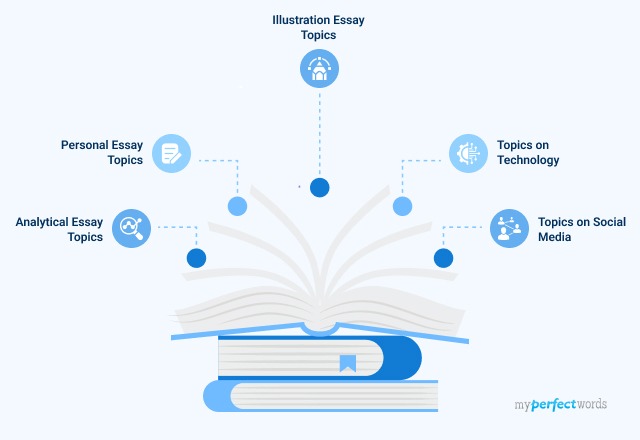

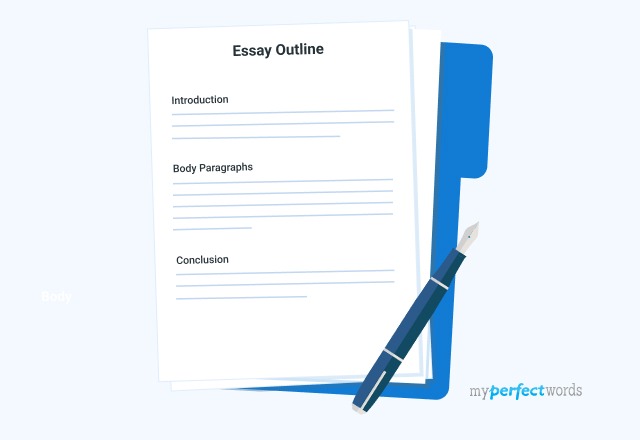











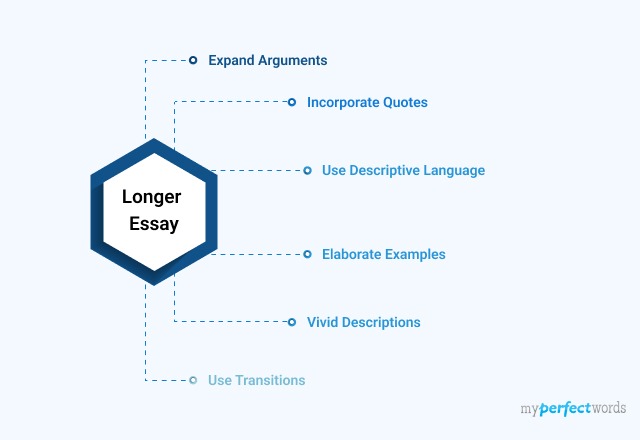
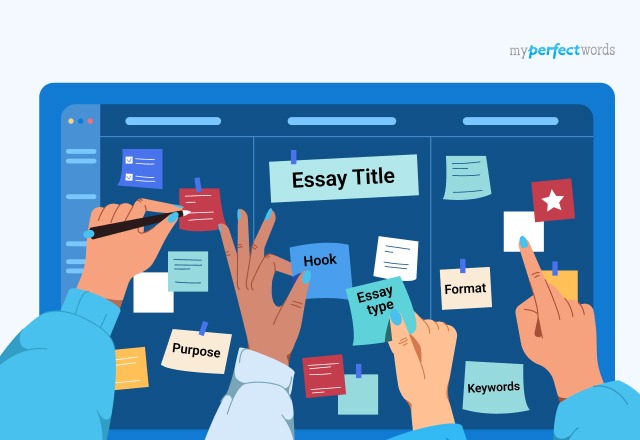
-9261.jpg)

